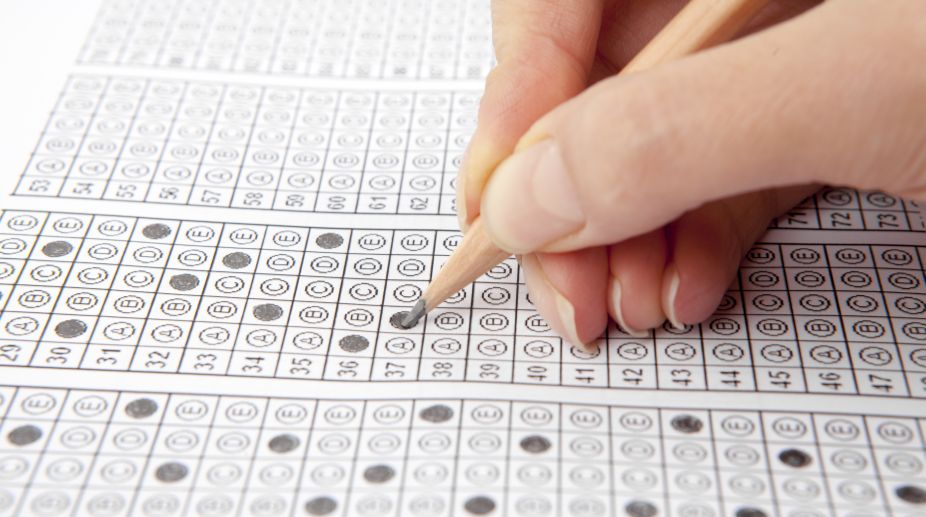On 31 May, the Union Public Service Commission announced the results of the civil service examination held last year. It recommended 1,099 candidates for appointment to the all- India services like the Indian Administrative Service , the Indian Police Service and the Indian Foreign Service and 16 Group A and five Group B services under the Union government from an estimated half a million aspirants who appeared in the preliminary examination.
Of that 15,000 qualified for the main examination and more than 3,000 were asked to appear for the personality test. It makes the civil service examination among the toughest in the world, and more so, because it has now been thrown open to degree holders of virtually all subjects from marine engineering, veterinary and Ayurveda to biotechnology and medicine, apart from liberal arts and science streams.
Advertisement
The relaxation of rules, like the raising of the age limit to 32 for general candidates (it was 24 in the 1960s), facility to avail as many as six chances even for general candidates as against only two allowed post-1962 recruits, reservation of about half the posts for the Scheduled Tribes and Other Backward Classes, and making differentlyabled persons with a degree eligible for appearing in the examination, led to a complete change in the structure and subjects of the civil service examination. Till the 1970s the examination followed the old Indian Civil Service pattern, with emphasis on broad liberal education, English language skills and articulation. The marks obtained in the personality test often decided the candidate’s placement, especially in the IAS and the IFS.
Candidates with degrees in subjects like medical science were debarred from taking the examination. Now, a very different level playing field has enabled a diverse group of people, with varied educational and professional backgrounds, to join the elite civil service. It has really added to the strength of the service as some of them could and did develop innovative solutions by applying the skills acquired in the nation’s top science and technology institutions and thereby improved governance. This might enable the government to bridge the gap between the two cultures within every system of governance — those of liberal arts and science.
These changes have brought about a quiet revolution in the social and ethnic composition of the allIndia and central service cadres. Till the 1980s the hill tribes of the Northeast were well represented in all these services as they were good in English, thanks to Christian missionary institutions in Shillong and elsewhere. They enabled many from the region to compete, often without the benefit of reservation for tribes.
The North-east produced some outstanding IAS officers like JM Lyngdoh, former Chief Election Commissioner and recipient of the Ramon Magsaysay Award. Phrang Roy from Meghalaya held a high position in the UN system.
The presence of officers hailing from the region has several advantages. Firstly, it boosts the morale of the region’s youth and infuses them with a “yes, we can” spirit. Second, their involvement in high state matters at strategic planning and decision- making levels facilitate the region’s emotional integration with the nation.
From this perspective, it is disquieting to note that over the last 10 years there has been a steady decline in the representation of the North-east, especially its hill states, in these services in the tribal quota. This year, only 24 have been selected from the region — 13 from Assam, four from Manipur, one each from Arunachal Pradesh, Tripura and Sikkim. There was none from Meghalaya, Mizoram and Nagaland. In 2014, only 18 could make it, including four from Manipur and six from Assam.
Interestingly, Manipur has been performing better — from 2014 to this year, as many as 20 candidates got selected while the share of the hill states of Meghalaya, Mizoram and Nagaland in 2014 was just two, three and one, respectively. It is a far cry from the earlier dominance of the tribal quota, which has been 89 posts this year and it seems that tribal candidates from Rajasthan, central India and the Himalayan states have been able to secure most of these posts in this category.
The real reason for this is the lack of professional coaching facilities in most North-east states. The ones that exist are mostly found in Guwahati. Delhi has a number of private coaching centres that attract IAS aspirants from all over the country. Since the latter is market-driven and unlikely to come up in the region, universities will do well to set up civil service examination coaching with financial support from respective states. This may be seen as a kind of “social responsibility” of the university system outside its academic programmes with carefully chosen faculties comprising academics and high officials — serving and retired — to provide guidance. This could make a difference in raising the capacity of the aspirants to compete.
The North Eastern Council would do well to give a serious thought to this matter and extend financial support as a part of its regional manpower development plan which might as well support coaching centres for admission to the Indian Institutes of Technology. The lack of specialised coaching has been one of the main reasons for the meagre presence of North-east students in the IITs. It’s time to wake up.
(The writer is a retired IAS officer of the Assam-Meghalaya cadre and has served as a scientific consultant in the office of the principal scientific advisor to the Government of India)











